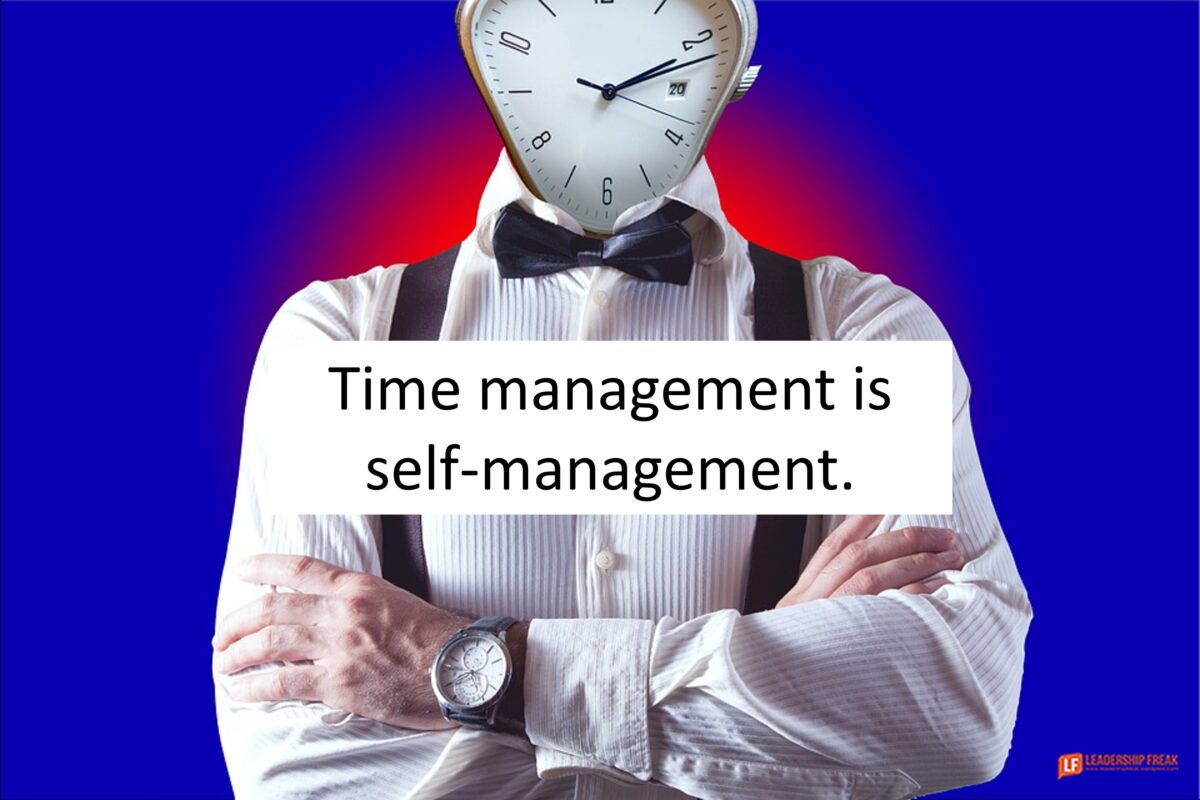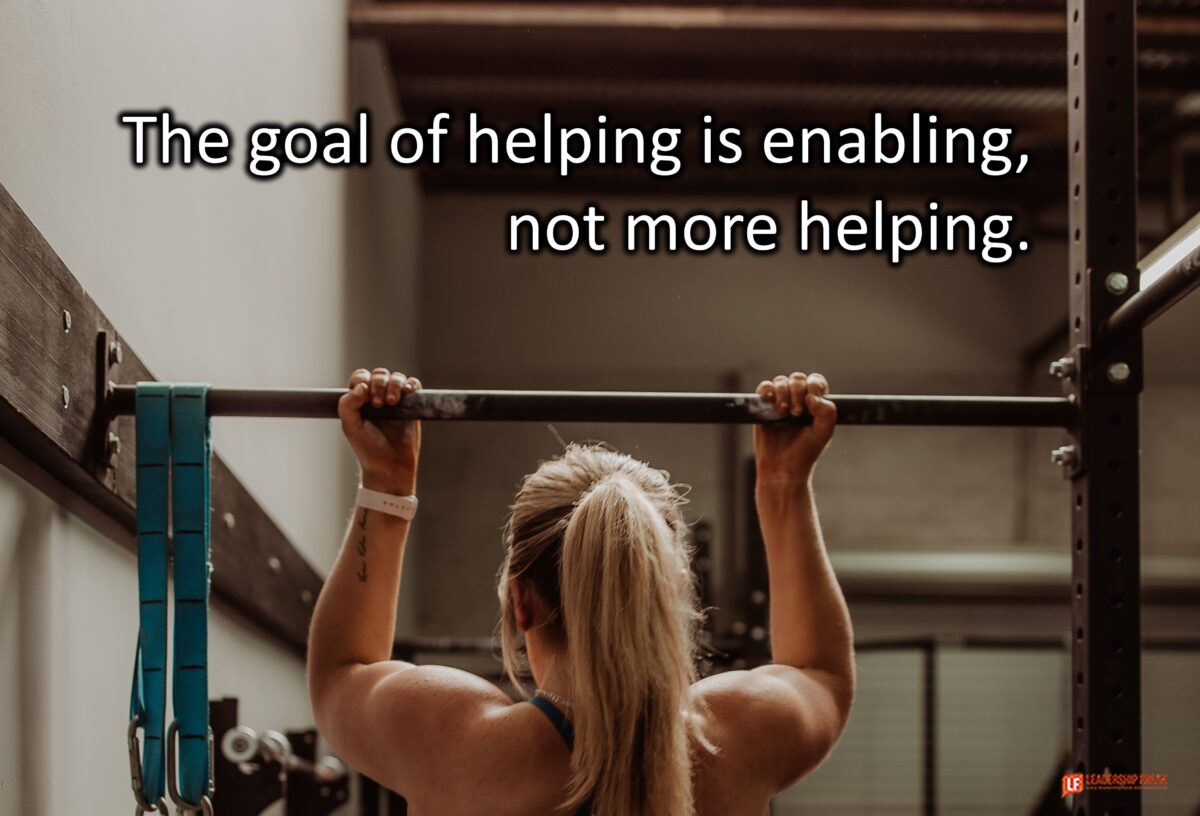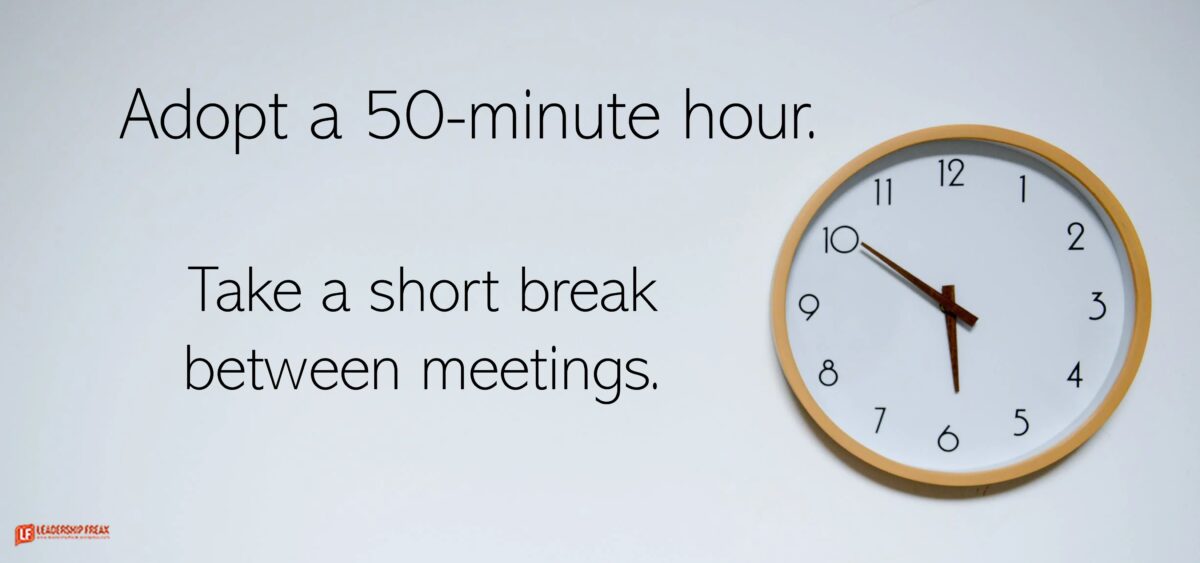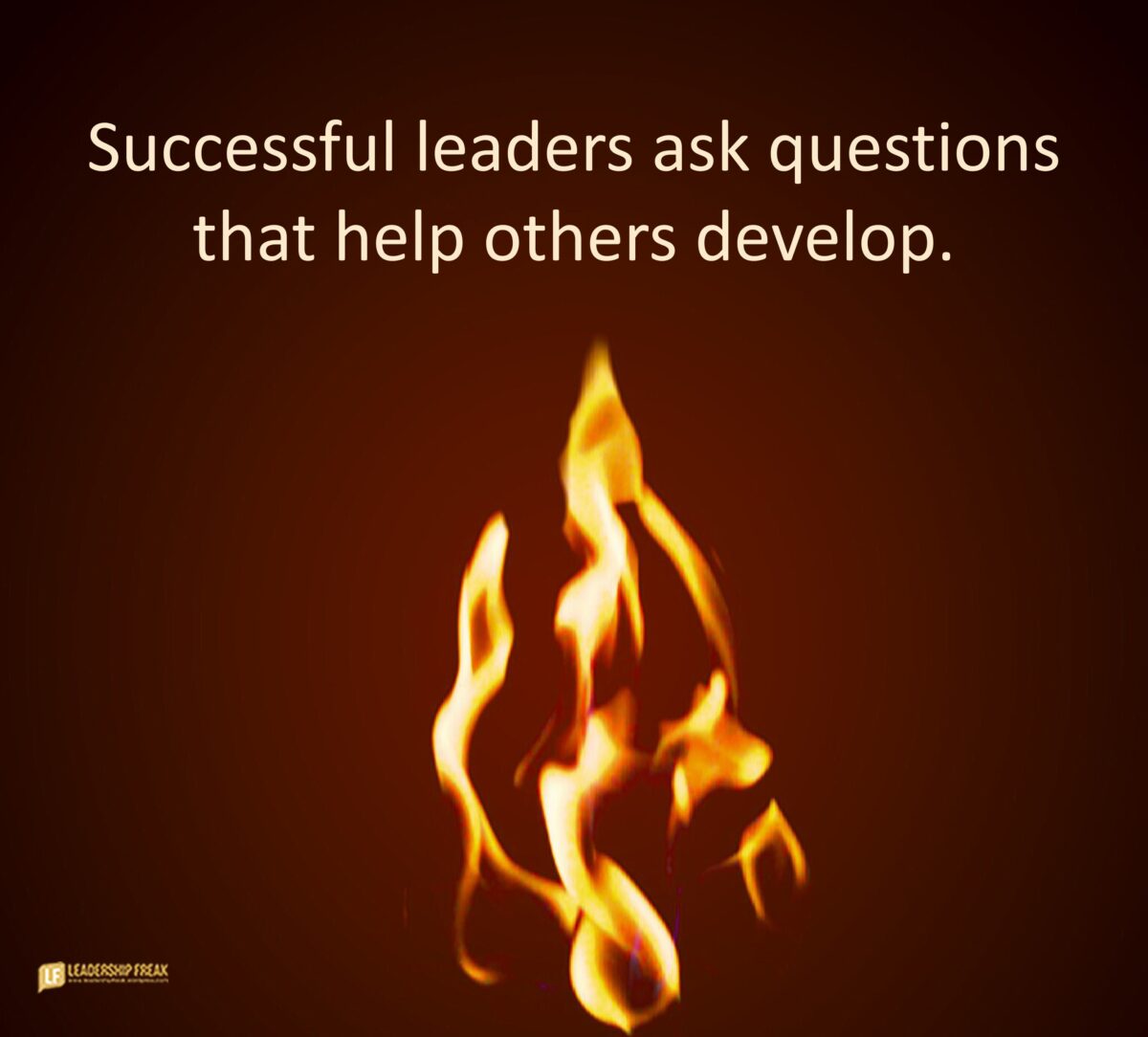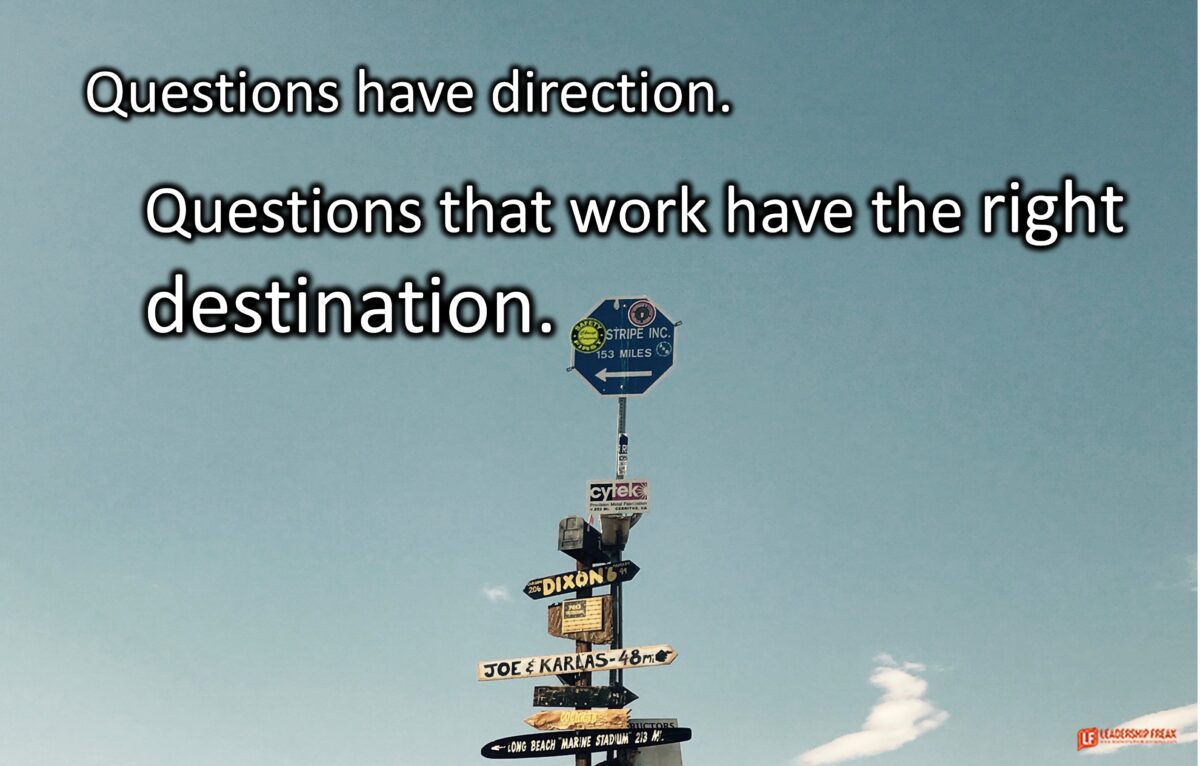Innovation: The Power of People in Love with People
Innovation is about technology, product features, and profitability. You don’t hear innovators talking about love, empathy, and generosity. That’s where PepsiCo’s Chief Design Officer (CDO) comes in.
Mauro Porcini says innovation is an act of love designed to bring happiness to people. We’re not talking about a family style organization down the block. We’re talking about the CDO of an organization with 309,000 employees, give or take a few.
2 surprising words of innovation:
#1. Empathy:
“Innovation … is a gesture of empathy, respect, generosity, of one human being’s devotion to another.” Mauro Porcini
You must understand what is relevant to people if you want to excel at innovation.
“Once the needs and desires of the individuals we want to innovate for have been understood and a relevant business strategy has been defined, we are ready to prototype, creating the ideal solutions to satisfy these needs and desires.”
#2. Story:
Products are narratives about being rich, creative, artistic, or part of a community. Stories are in the locations of our homes, brand of our cars, and football jerseys we wear. You know a lot about my story when I tell you I live out of town in an average home that doesn’t have a paved driveway.
Innovators write stories. What story does an innovative product enable you to tell?
Innovator questions:
- Is value for people your ultimate goal?
- Are you kind to people?
- Do you embrace people who are different from yourself?
Personal note:
Mauro showed up on the screen dressed in a normal shirt, so I complained. He’s often flashy. He lifted his foot and showed me a shoe with a rose on it. I felt better. (You can see it here.) His lack of inhibition is an indication he might know something about innovation.
Interview:
What makes innovation successful?
Purchase Mauro Pochini’s new book, The Human Side of Innovation: The Power of People in Love with People.
Linkedin: Mauro Porcini
Still curious: 4 Ways to Stop Resisting Breakthrough
Like this:
Like Loading…


